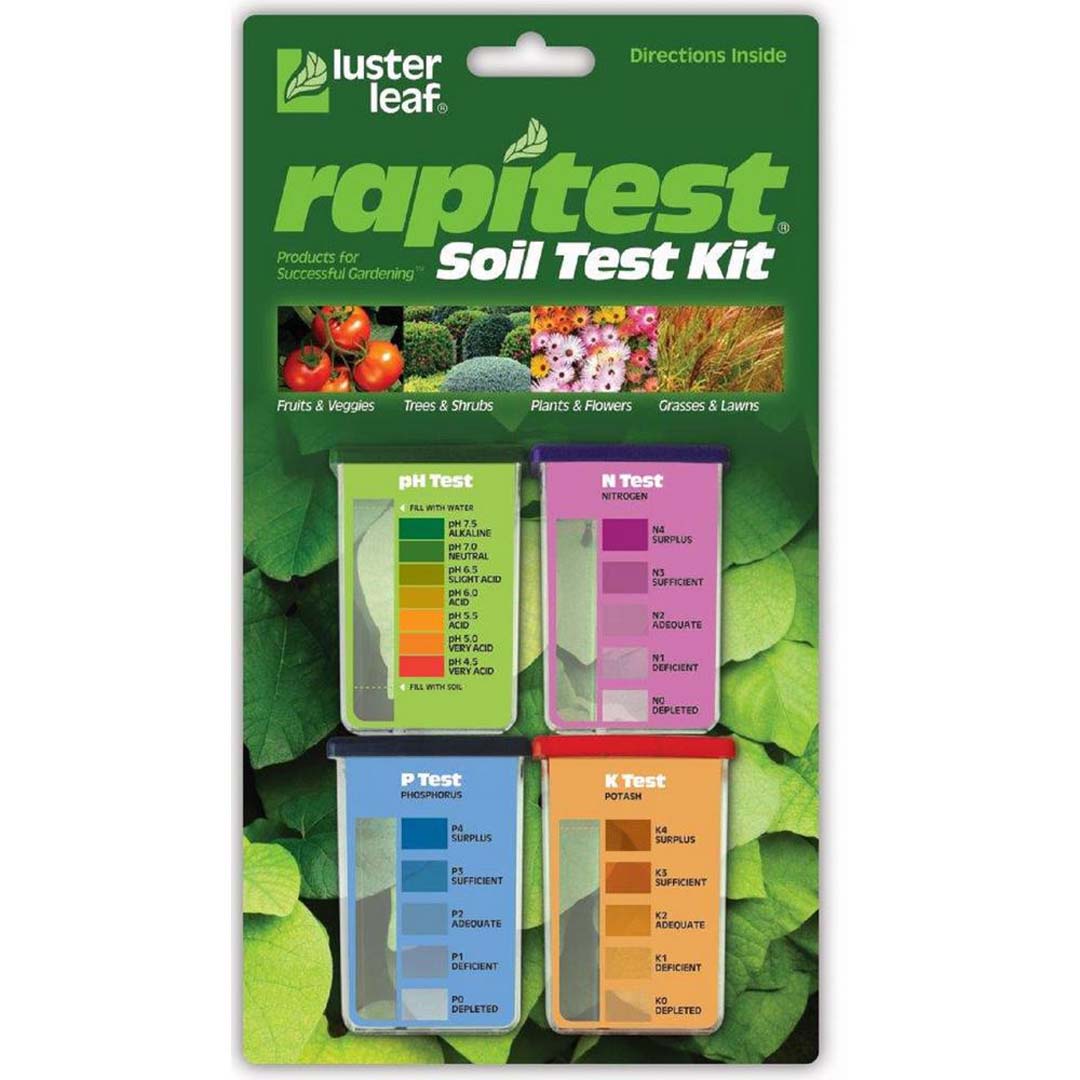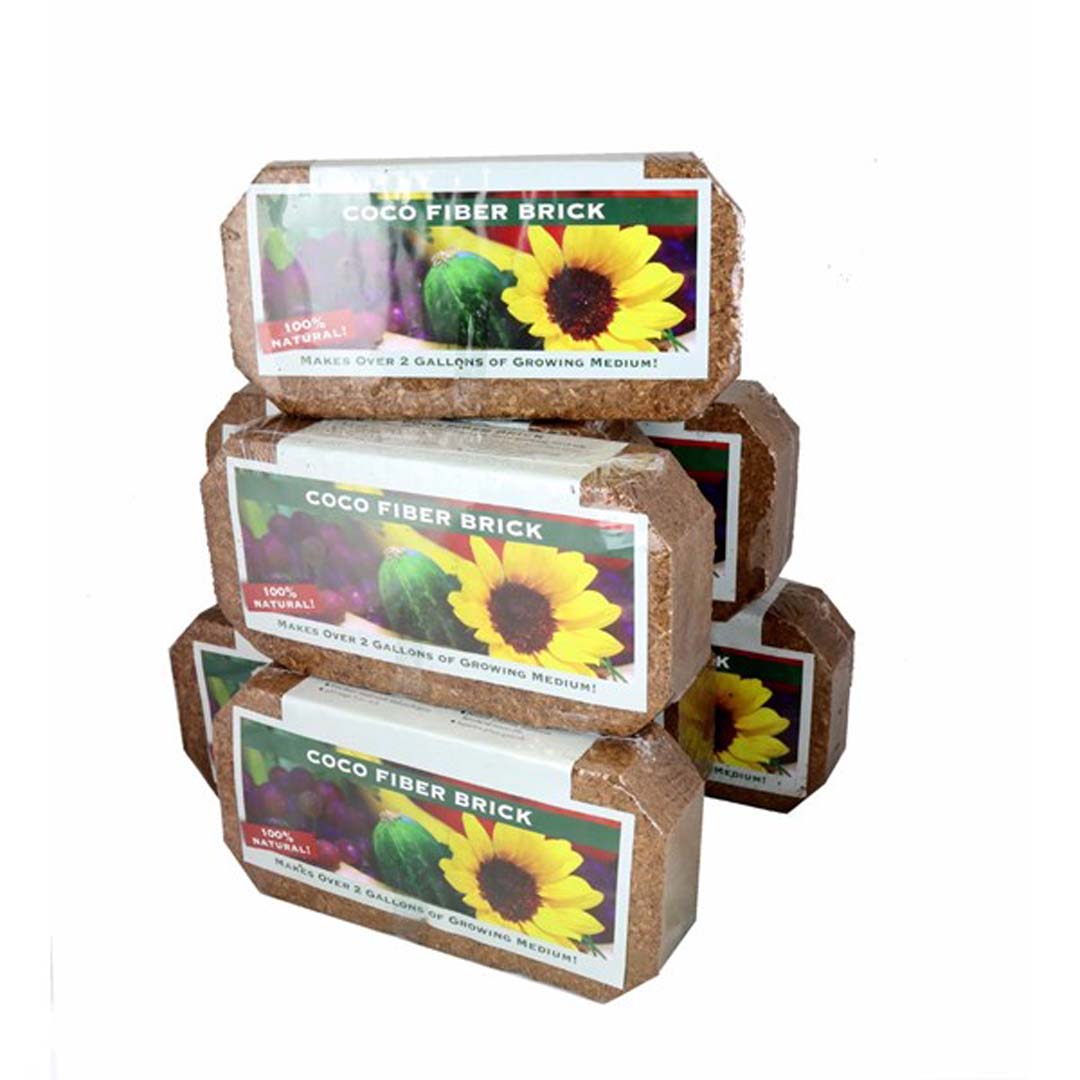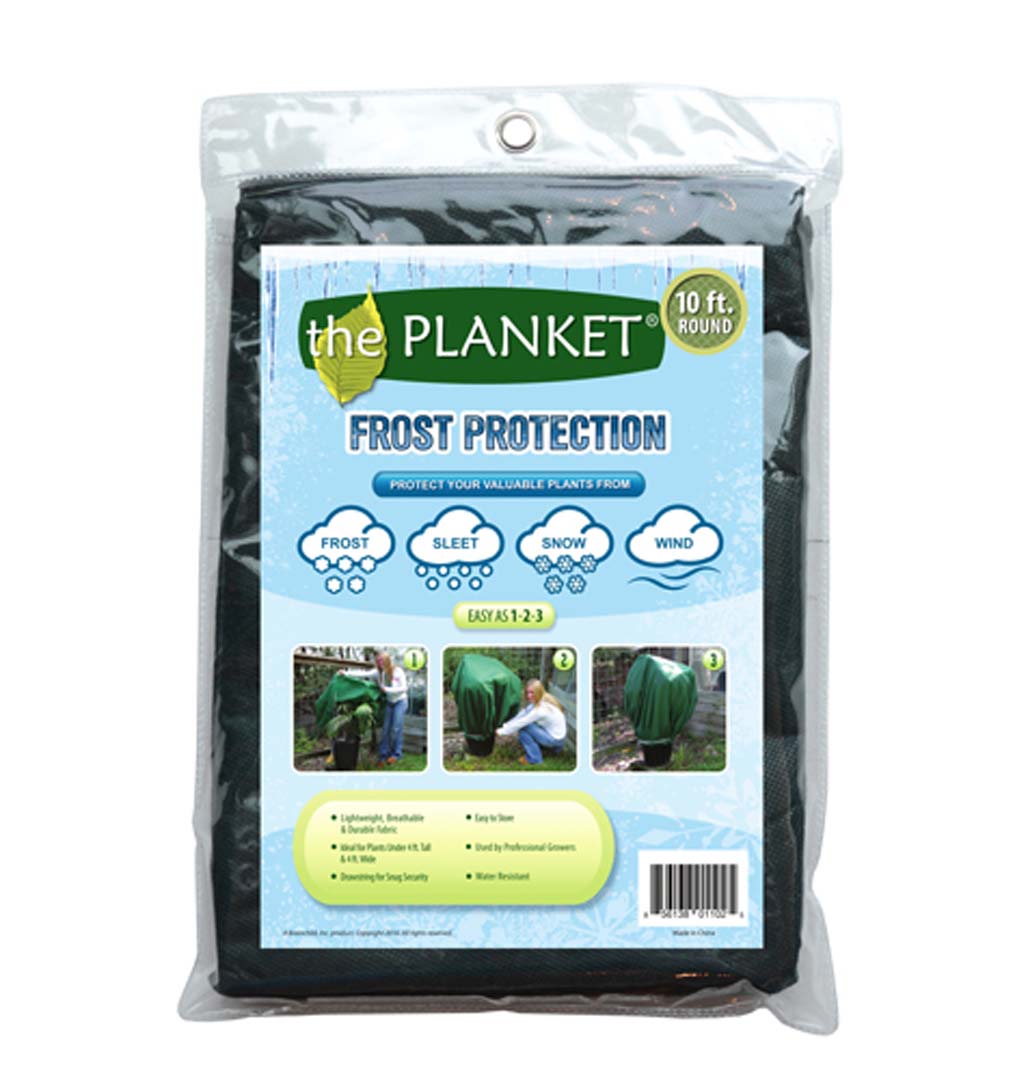Spring in the high desert is a tenuous affair. Crazy temperature shifts, snacking wildlife and low rainfall make gardening a task that requires constant vigilance. With so many uncontrollable factors, garden specialist Joel King of High Desert Ranch and Home suggested starting this spring with something you can change: the soil.
Chem 101

Although there are general characteristics of soil in Central Oregon—alkalinity, for instance—knowing particular deficiencies makes treating soil appropriately much simpler. Test kits are easy to find at any garden supply store, and most are user-friendly.
Opt Organic
Central Oregon’s soil lacks nutrients left behind by decomposing organic matter. “In the valley, they have about five percent organic matter in any given sample. Here we have .5 percent to none,” said King. To compensate, King recommended finding compost with food waste included. One option is “EcoScraps,” an Oregon-based compost brand. Look for “food-based” or “food-added” products, which will be full of beneficial micro-organisms.
Root Problems

It’s easy to forget that Central Oregon really is a desert. “Because we don’t get much rain,” said King, “the soil here tends to be alkaline. We also have ‘volcanic flour,’ which can get compacted and restrict both water and air movement.” Water-hold products, such as coco fibers, can help make the soil more porous. Adding a symbiotic fungus called mycorrhizae around plant roots helps them absorb nutrients. This is because the fungus produces its own hairs-breadth tendrils that can reach water, minerals and vitamins that would elude thicker roots.
Ground Control
Treat specific deficiencies found in the soil test. If your garden lacks magnesium or calcium, lime will help. Sulphur and iron add acidity. Pay attention to the NPK (nitrogen-phosphate-potassium) value in fertilizer, which should be 3:1:2 in this area. Nitrogen ensures above-ground growth, phosphate improves stem, bloom and root health and potassium aids the passage of water through cell walls in a dry climate.
Plan Ahead

It pays to put thought into plant protection and garden design long term. “One big challenge here is the way temperature fluctuates,” said King. Protective measures will depend on your yard. Windbreaks, rock beds, raised beds, greenhouses and cold frames could all be important. Many gardeners also keep thermal protectors on hands, so if they see a cold night projected in April, or August, they can cover their plants to survive the freeze.
Editor’s Note: This story was originally published in March, 2018.





